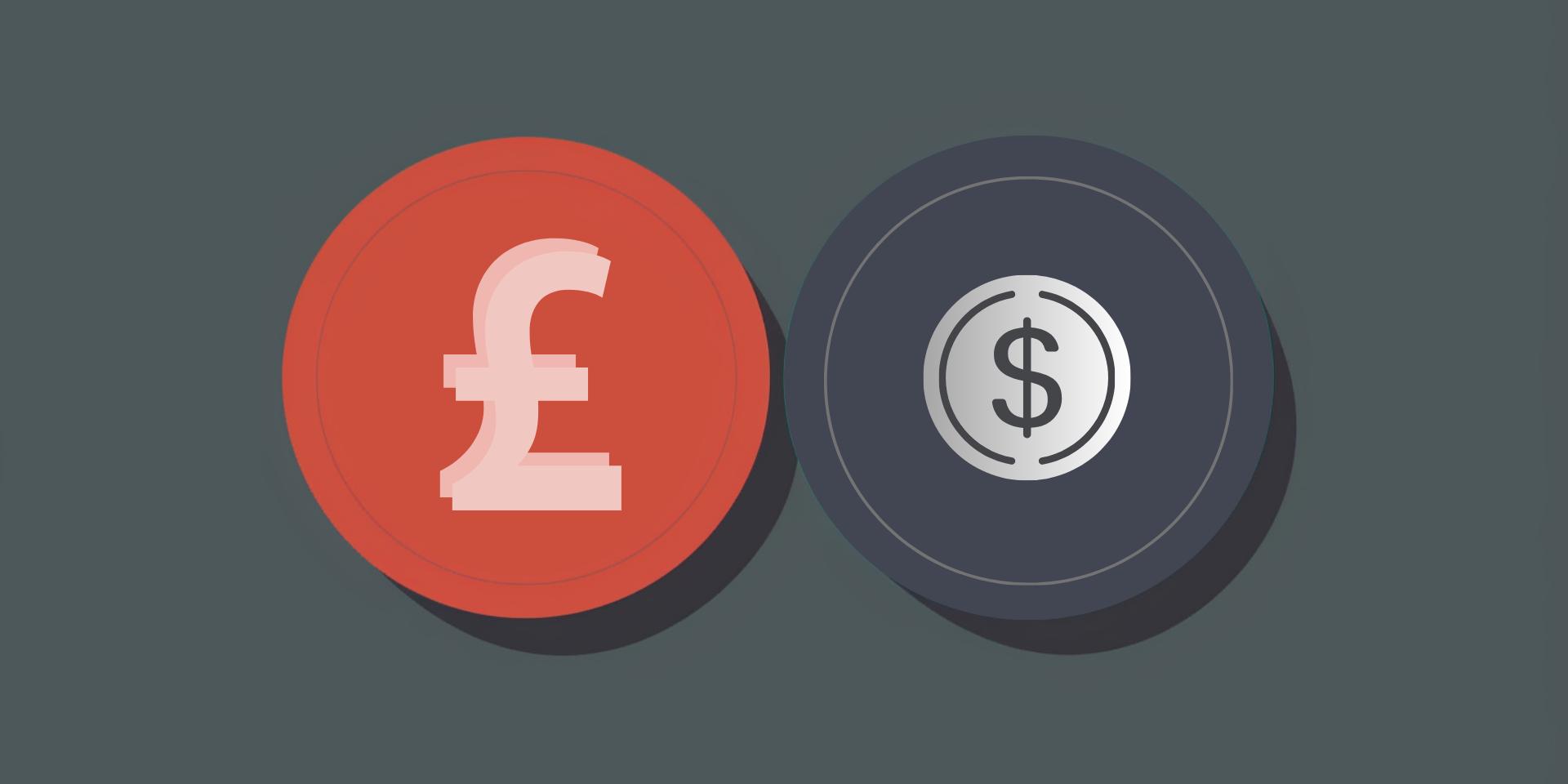A guide on forex currency pairs

Currency pairs 101
Forex currency pairs compare 2 currencies, where the value of the first currency, also known as the base currency, is quoted against the second currency, or quote currency.
If you’re familiar with exchanging money when travelling, think of your local currency as the base currency and the foreign currency as the quote currency.
In the forex market, each currency in the forex market uses a unique three-letter code assigned to them by the International Organisation for Standardisation (ISO), referred to as an ISO currency code. For example, the US dollar has the ISO code USD, while the British pound sterling is noted as GBP.
Deciphering forex currency pairs
When trading on the forex market, your trade position will be determined by the currency exchange rates of both currencies in a currency pair.
Let’s take, for instance, the currency pair of GBP and USD. When you trade on this pair, you will have two different values – GBP/USD and USD/GBP.
In the GBP/USD pair, GBP is the base currency, and USD is the quote currency. Each pair has a direct exchange rate and an indirect exchange rate.
- Direct exchange rate: Direct exchange rates are where the cost of one unit of base currency is given in units of the quote currency.
For instance, if GBP/USD pair has a direct exchange rate of 1 GBP = 1.11 USD, it means one British pound can buy 1.11 US dollars. - Indirect exchange rate: Indirect exchange rates are where the cost of one unit of quote currency is given in units of the base currency.
Using the same example above, if the GBP/USD pair has an indirect exchange rate of 1 USD = 0.90 GBP, one US dollar would be able to buy 0.90 British pounds.
Taking the earlier example of exchanging local and foreign currency, direct exchange would occur when you’re exchanging your local currency for foreign currency, and indirect exchange would be when you’re exchanging foreign currency for local currency.
Trying your hand at trading forex currency pairs
In forex trading, it is assumed that you are buying a currency pair with the expectation of its base currency value going up, and selling a currency pair with the expectation that the base currency's value will decline.
If you buy the GBP/USD pair, it can be said that you anticipate that 1 GBP is going to be worth more than its current value, while the value of USD stays the same or declines. Similarly, if you were to trade this pair by selling, it would be implied that you’re speculating the GBP’s value will fall against the USD and would like to sell it off before the price dips even further.